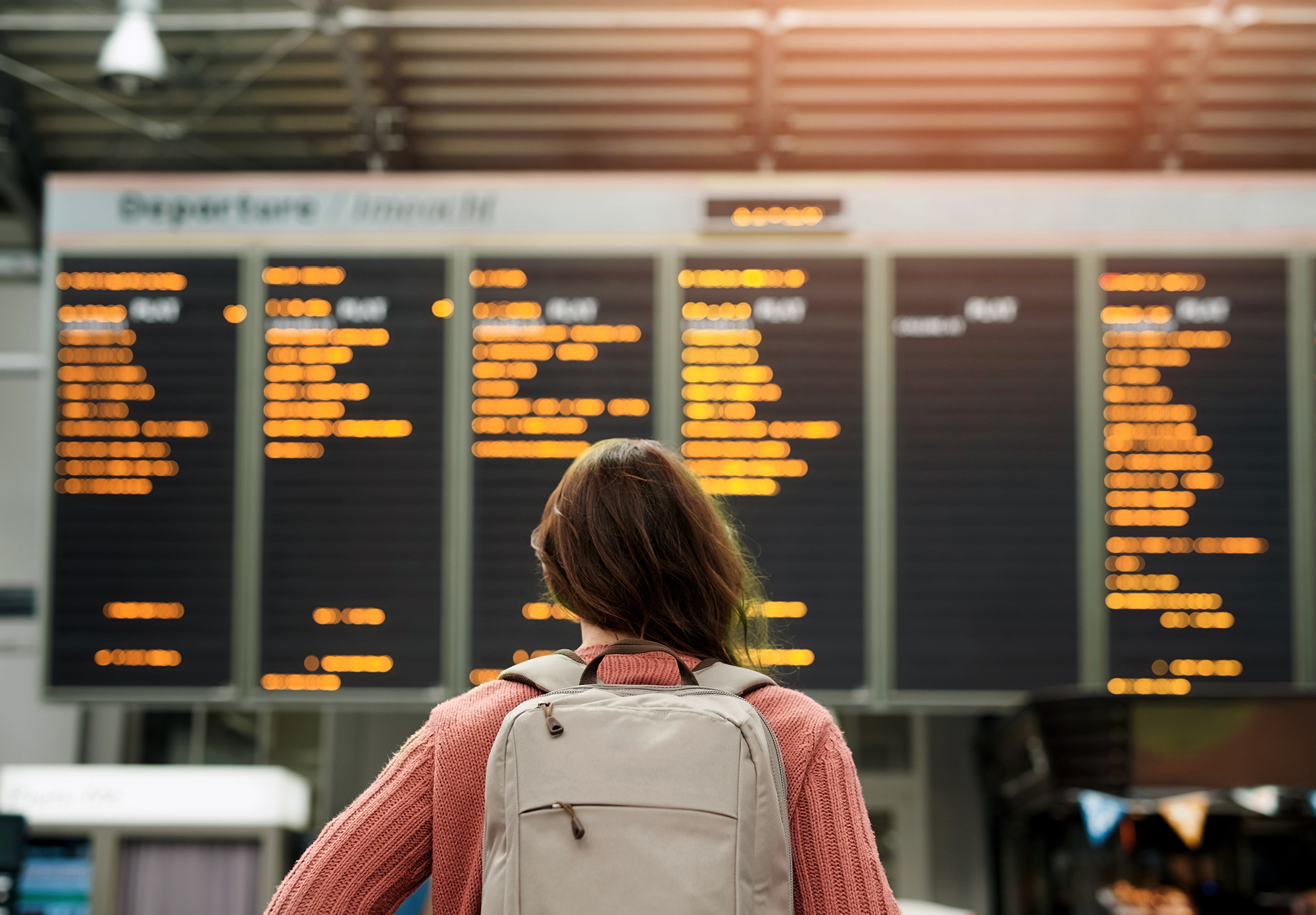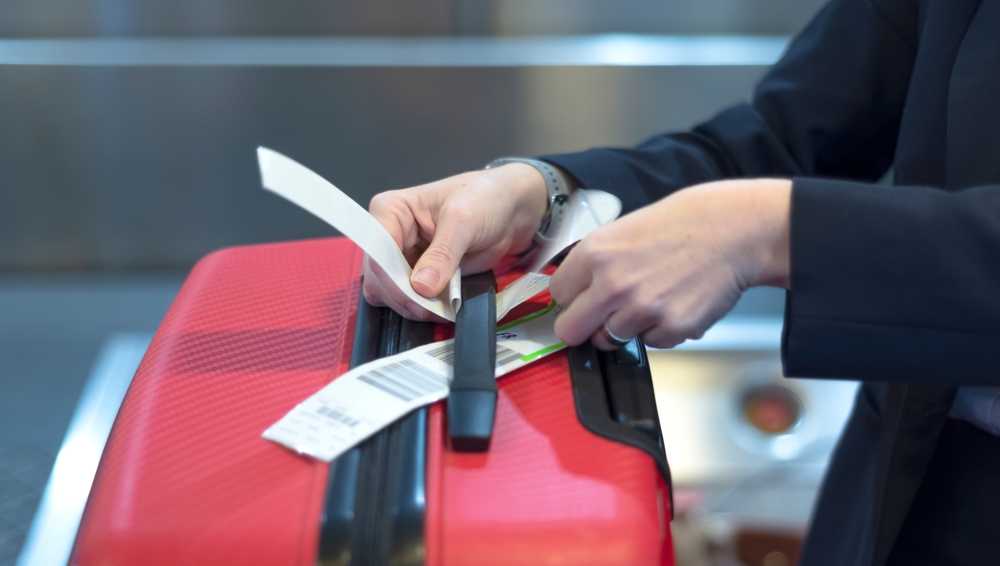If you’ve ever checked a flight price only to return hours later and find it dramatically higher (or lower), you’re not alone. Many travelers experience frustration and confusion when flight prices fluctuate without warning. However, these changes are not random—airlines use advanced pricing algorithms to adjust fares in real-time.
In this guide, we’ll break down why flight prices change, how airlines determine their pricing, and how you can find our best deals.
Why Do Flight Prices Change?
- Supply and Demand Dynamics
✔ More demand = higher prices
✔ Lower demand = cheap fares
When a flight has many available seats, airlines lower fares to attract more bookings. As seats fill up, prices rise to maximize revenue.
- Dynamic Pricing Algorithms
✔ Airlines use AI-powered systems that adjust fares multiple times a day based on:
- Booking patterns
- Competitor pricing
- Travel seasonality
- Historical sales data
This means that the price you see now might change in minutes based on real-time demand.
- Advance Purchase Requirements
✔ Many budget-friendly fares require you to book well in advance (often 21, 14, or 7 days before departure).
✔ Last-minute travelers often pay a premium because most lower-priced seats have been sold.
Booking early increases your chances of getting cheaper fares before prices climb.
- Time and Day of Booking
✔ A great time to book flights is within the “prime booking window” (1-4 months before departure).
✔ Prices fluctuate based on travel date, not the day of the week you book.
Airlines analyze trends and adjust pricing accordingly—meaning no single “magic day” guarantees our best fares.
- Seasonality and Special Events
✔ Peak travel seasons (holidays, summer, spring break, etc.) lead to higher fares.
✔ Flights during off-peak seasons (fall, late winter) are often more affordable.
Traveling during less popular times can lead to huge savings on both flights and hotels.
How Airlines Set Ticket Prices
Airlines use a strategy called “yield management” to maximize revenue per flight. This means that different passengers on the same flight often pay completely different prices for their tickets.
How It Works:
✔ Each flight has multiple fare classes (even within economy).
✔ Airlines limit the number of cheaper seats to help higher-paying passengers book at the right price.
✔ As seats sell out, cheaper fare categories disappear, forcing remaining customers to pay higher rates.
Example:
- First 10 seats sell for $100 each
- Next 20 seats sell for $200 each
- Remaining seats go for $300+ each
If you wait too long to book, you may only have access to higher-priced seats.
How to Find Our Best Flight Deals
✔ Set Price Alerts – Use fare-tracking tools to monitor price changes.
✔ Book Early – Aim for 1-4 months in advance for domestic travel.
✔ Be Flexible with Travel Dates – Flying midweek (Tuesday, Wednesday) is often cheaper than weekends.
✔ Consider Alternate Airports – Flights from nearby airports may be significantly cheaper.
Frequently Asked Questions (FAQs)
Q. Why do flight prices change so often?
✔ Airlines use dynamic pricing algorithms that adjust fares multiple times a day based on demand, seat availability, and competition.
Q. When is a great time to book a flight?
✔ The prime booking window for domestic flights is typically 1-4 months before departure. International flights may require 3-6 months in advance for our best deals.
Q. Do flight prices go down closer to departure?
✔ Rarely. While occasional last-minute deals exist, most flights get more expensive as departure dates approach.
Q. Why do two passengers on the same flight pay different prices?
✔ Airlines use yield management, where different fare classes exist within economy, business, and first class. The earlier you book, the better the price.
Final Thoughts
Flight prices fluctuate due to sophisticated pricing strategies designed to maximize revenue. By understanding how airlines set fares, travelers can plan smarter, book early, and avoid overpaying for flights.






